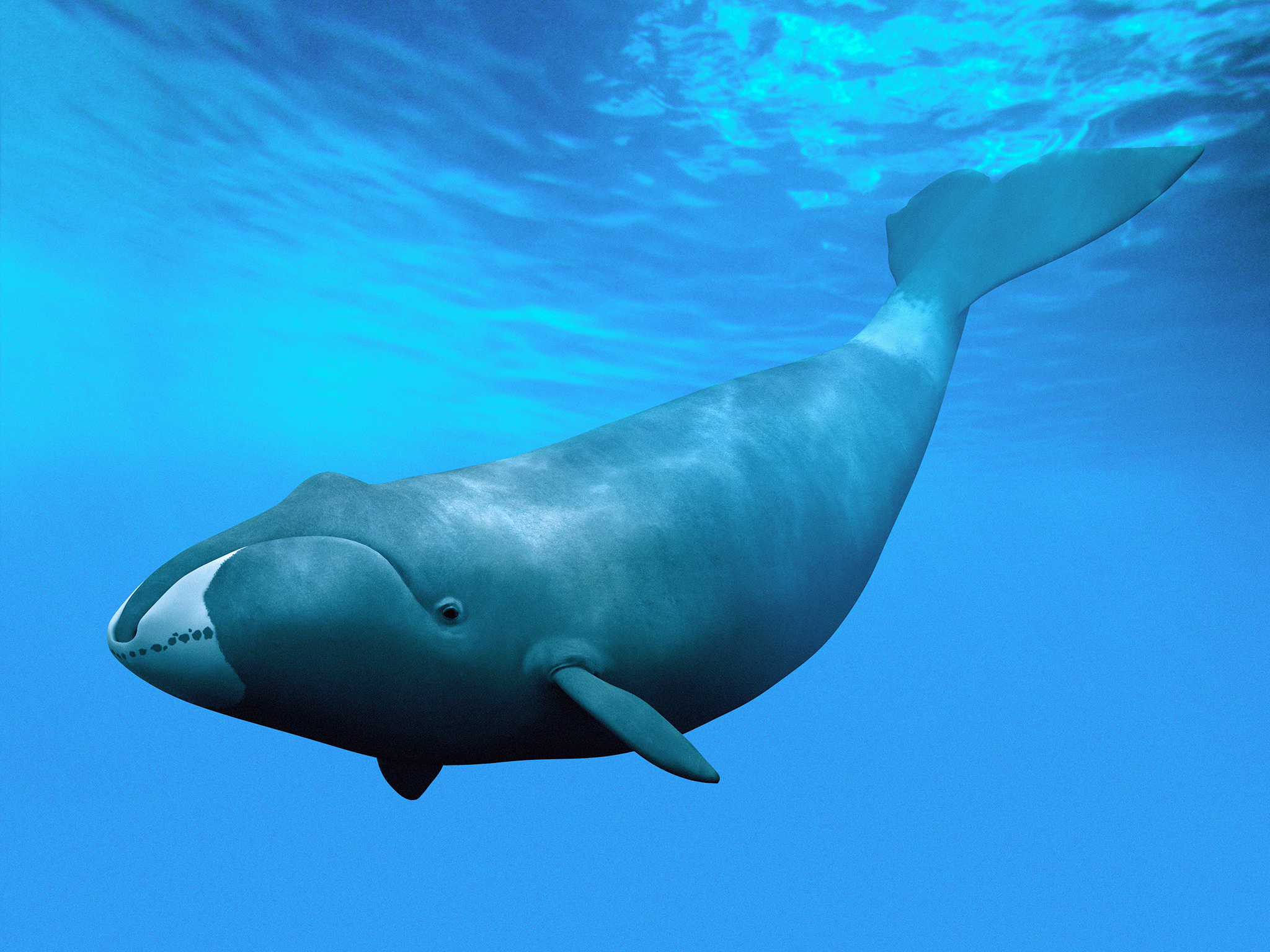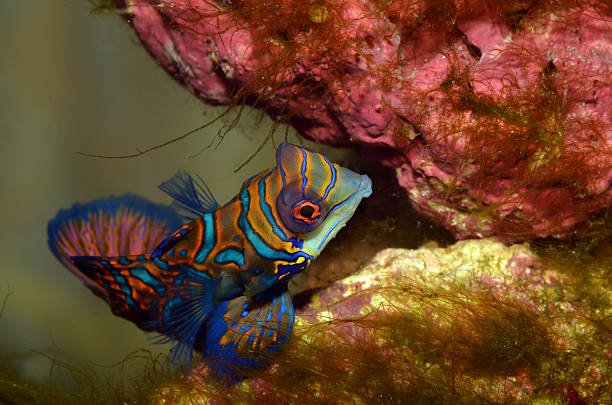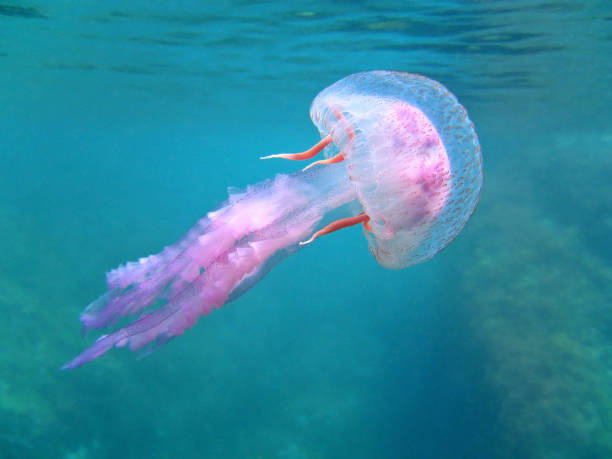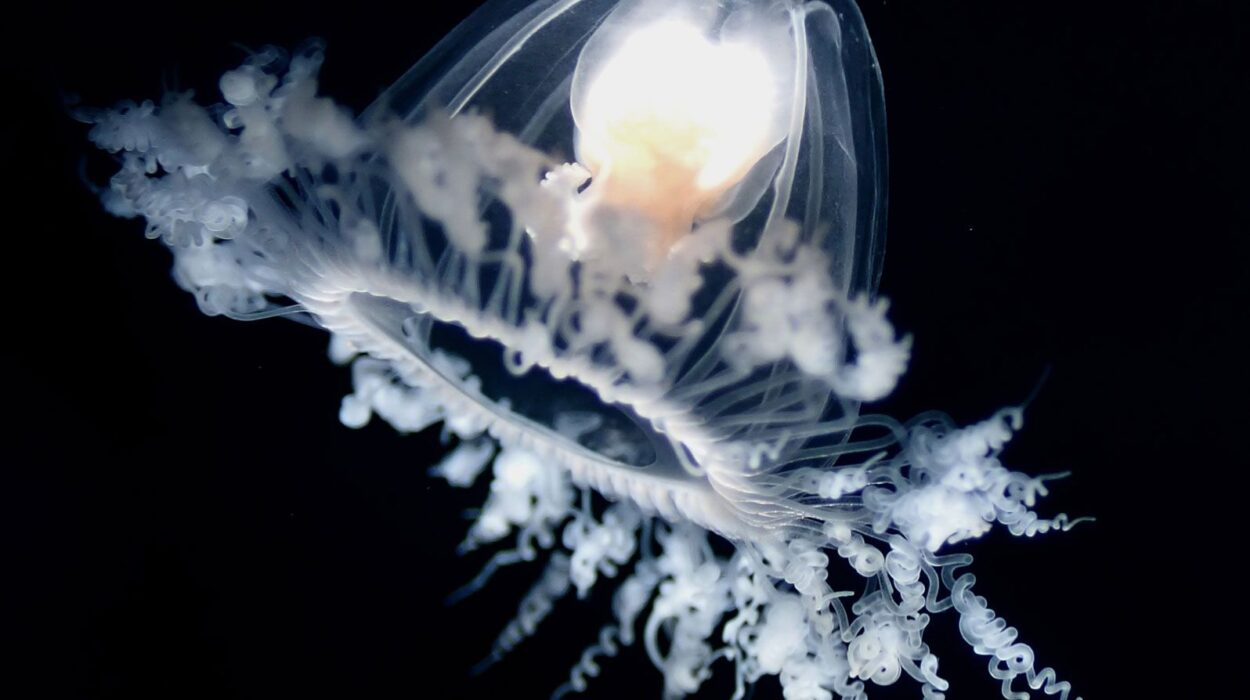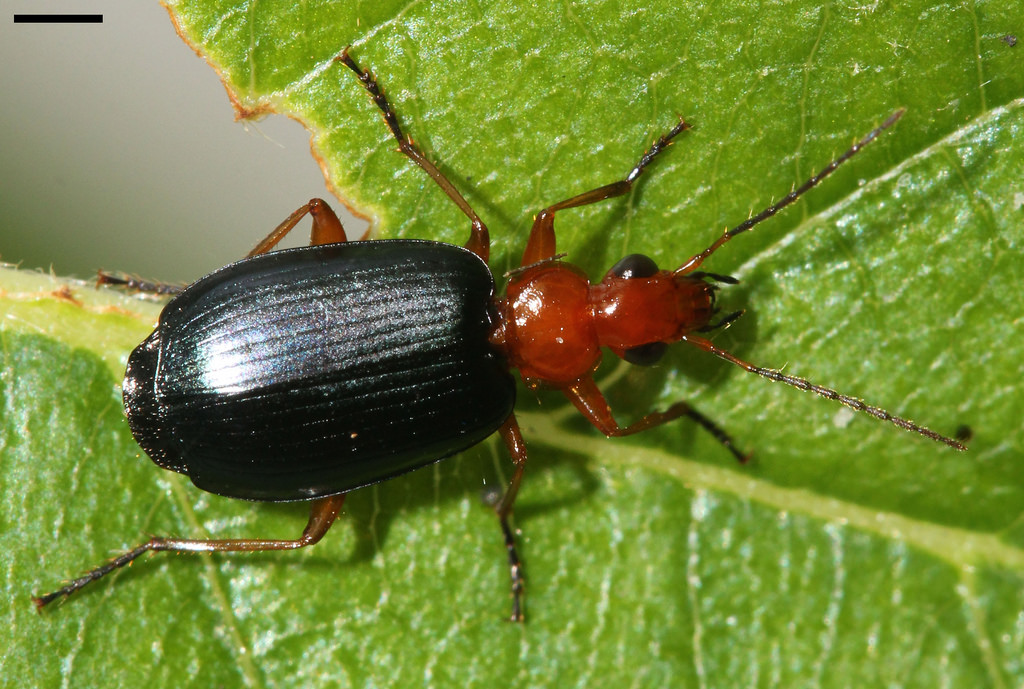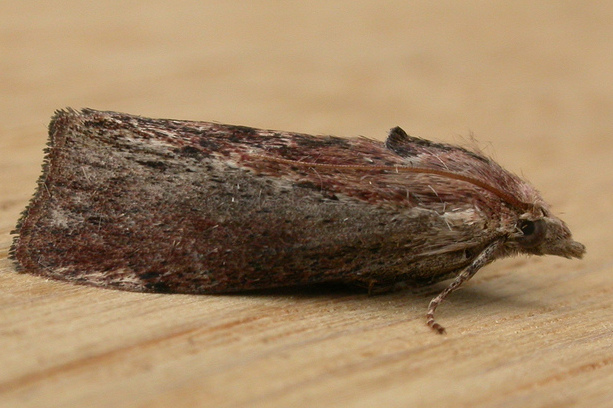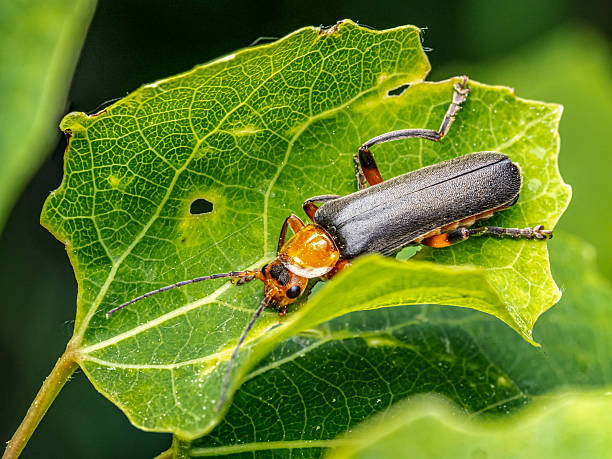Time is the great sculptor of life — shaping species, wearing away mountains, and marking the rhythm of birth and death. Yet among the countless creatures that share this planet, a few mammals seem to defy time itself. They live not for decades but for centuries, their bodies whispering ancient secrets about longevity, adaptation, and survival.
The longest-living mammals are more than biological marvels; they are living time capsules. Some have witnessed the rise and fall of empires, the warming and cooling of seas, and the slow unfolding of human history. Their lifespans stretch across generations, connecting us to a deeper sense of nature’s continuity.
In exploring the ten longest-living mammals, we’re not merely counting years. We’re listening to stories written in DNA, carved into bone, and sung through the heartbeats of creatures who have mastered the art of enduring.
1. Bowhead Whale – The Arctic Centenarian
Beneath the silent ice of the Arctic Ocean glides one of Earth’s oldest living mammals: the bowhead whale. Known scientifically as Balaena mysticetus, this enormous creature can live for over 200 years — some individuals even longer.
Bowheads are the only baleen whales that spend their entire lives in Arctic and sub-Arctic waters. Their thick blubber, nearly 50 centimeters deep, keeps them warm in freezing seas. But what truly sets them apart is their astonishing lifespan.
In the 1990s, scientists studying old harpoons found embedded in the flesh of bowhead whales realized that some individuals had been alive for more than 150 years — surviving multiple whaling eras. Later, biochemical studies of their eye lenses revealed ages exceeding 200 years.
The secret to their longevity lies in their cells. Bowhead whales have unique genetic adaptations that repair DNA damage and resist cancer, two key factors in aging. They also have a remarkably slow metabolism and spend much of their time in the frigid deep, where low temperatures may help preserve cellular health.
Imagine a whale born when the Industrial Revolution began, still alive today, singing beneath sheets of Arctic ice — a living witness to centuries of change.
2. Human – The Conscious Timekeeper
We humans often forget that we, too, are mammals — albeit ones who have learned to measure our own mortality. While the average human lifespan varies by culture and healthcare, our potential for longevity is extraordinary.
The oldest verified human, Jeanne Calment of France, lived to be 122 years and 164 days. That’s more than twelve decades of memory, wisdom, and experience. Her life stretched from the age of horse-drawn carriages to the dawn of the internet.
Human longevity is the result of complex biological and social factors: medical advancements, nutrition, community, and the unique human ability to anticipate, plan, and adapt. But beneath these cultural layers lies biology — the intricate dance of telomeres, oxidative stress, and cellular repair.
What makes human longevity fascinating is not just the number of years but the quality of consciousness within them. We reflect, remember, and imagine futures beyond our own. In that sense, humans are not merely long-lived mammals; we are time travelers of our own making.
3. Elephants – The Gentle Giants of Memory
Towering above the savanna and the forest floor, elephants carry more than their massive bodies — they carry centuries of memory. African elephants can live up to 70 years in the wild, while their Asian relatives often reach 60 or more.
Elephants’ longevity is tied closely to their intelligence and social structure. They live in tight-knit matriarchal herds where knowledge is passed from generation to generation. Older females remember the locations of water holes, migration routes, and even dangers — wisdom that can mean survival during droughts.
Their brains are vast, both in size and complexity. They show empathy, grief, and joy — emotional depth that adds richness to their long lives. In sanctuaries, elephants have been known to recognize humans they haven’t seen for decades, greeting them with unmistakable affection.
But age comes with vulnerability. In the wild, elephants often die naturally only when their final set of molars wears down, preventing them from eating properly. Yet even in death, they nourish the ecosystem, their bones becoming shelter for insects and their memory eternal among their kin.
4. Blue Whale – The Colossal Elder of the Seas
The blue whale, Balaenoptera musculus, is not only the largest animal ever to live on Earth — it’s also one of the longest-lived. These titans of the deep can live for 80 to 110 years, their lives echoing through the cold oceans like ancient hymns.
Their hearts alone weigh as much as a car, beating slowly and powerfully — about ten times per minute when diving. This slow rhythm, both literal and metaphorical, defines their longevity. Blue whales live unhurried lives, migrating thousands of miles between feeding and breeding grounds.
Scientists estimate their age by counting layers in the waxy plugs of their ear canals, each layer representing about a year. Some specimens have shown over a century of growth — a timeline written not in paper or stone, but in the whale’s own body.
Their long lives are supported by vast oceans and immense resilience, though human threats like ship strikes and noise pollution have disrupted their ancient rhythms. Still, their songs — low, resonant, and mournful — continue to travel across entire ocean basins, connecting generations through sound.
5. Naked Mole Rat – The Underground Enigma
Beneath the dry soils of East Africa lives a creature so odd it seems like a biological paradox: the naked mole rat. Small, hairless, and wrinkled, it hardly looks like a mammal of legend. Yet this humble rodent can live for more than 30 years — an astonishing feat in a world where most mice survive barely two.
What’s even more remarkable is how they live. Naked mole rats show almost no signs of aging. They resist cancer, maintain fertility into old age, and remain active and healthy throughout life. Scientists have found that their cells are incredibly efficient at repairing damage and maintaining protein stability.
They live in eusocial colonies like ants or bees, with a single breeding queen and cooperative workers. This social stability may reduce stress and promote longevity.
The naked mole rat’s strange biology — including a tolerance for low oxygen and a resistance to pain — has made it a focus of aging research. Its body may hold the keys to understanding how humans, too, might slow time’s hand.
6. Sperm Whale – The Deep Thinker of the Abyss
In the dark, pressure-filled depths of the ocean swims the sperm whale, Physeter macrocephalus — a creature of intellect, endurance, and incredible age. These massive whales, immortalized by Moby Dick, can live up to 70 years, some perhaps reaching 80 or more.
Sperm whales dive deeper than any other mammal, reaching depths of over 3,000 meters in search of giant squid. Their enormous heads contain the spermaceti organ — a waxy substance once sought by whalers but vital for the whale’s buoyancy and echolocation.
Life in the deep sea is slow, and that slowness fosters longevity. Sperm whales live in social groups called pods, often led by older females who guide and protect the younger ones. Their communication through clicking sounds — known as codas — is so complex that it’s been compared to dialects in human languages.
In their deep, echoing world, time flows differently. A century-old sperm whale may have swum millions of miles, navigated through storms and silence alike, and still return to the same breeding grounds it knew as a calf.
7. Horse – The Noble Survivor
The horse, Equus ferus caballus, has galloped alongside humanity for thousands of years — in battle, in work, and in friendship. While wild horses generally live around 25–30 years, domesticated horses, under human care, can reach 40 or more. The oldest known horse, “Old Billy,” lived to an incredible 62 years in 19th-century England.
Horses’ longevity is influenced by genetics, diet, and care. Modern veterinary medicine and nutrition have extended their lives well beyond what nature once allowed. But there’s more to their endurance than biology. Horses are highly emotional creatures, capable of deep attachment and memory.
Their intelligence allows them to form strong bonds with humans, often recognizing their owners after years of separation. In a sense, horses have evolved not only to survive but to thrive through partnership — a collaboration that has shaped both our species.
In every gallop, every glance, there’s a spark of shared history, a rhythm that connects ancient plains to modern pastures.
8. Killer Whale (Orca) – The Matriarch of the Sea
The killer whale, or orca (Orcinus orca), is one of the ocean’s most intelligent and socially complex creatures. Female orcas can live 80 to 100 years, while males typically live around 50 to 60.
What’s fascinating is that orcas experience menopause, a rarity in the animal kingdom. Post-reproductive females become leaders and teachers within their pods, guiding younger generations and sharing vital knowledge about hunting routes and prey behavior.
This matriarchal structure is key to their survival. Orcas communicate with distinct dialects, use coordinated hunting strategies, and even display acts of compassion — carrying sick or dead companions for days.
Their long lives are not just about biology but culture. Each pod has traditions, calls, and behaviors passed down like human folklore. In every ocean, orcas embody intelligence entwined with emotion — sentient beings whose stories stretch across generations of waves.
9. Brandt’s Bat – The Tiny Time Traveler
It’s hard to believe that a creature weighing less than a coin could live for more than four decades, but the Brandt’s bat (Myotis brandtii) does just that. Found across Europe and parts of Asia, this tiny nocturnal mammal defies the usual rule that small animals die young.
Most mice live only a couple of years, yet Brandt’s bats can reach 40 or even 45 years in the wild. The secret lies in their metabolism. These bats hibernate for months each year, drastically slowing their heart rate and conserving energy. This metabolic dormancy reduces cellular wear and tear, effectively pausing aging for part of each year.
Genetic studies reveal that Brandt’s bats produce powerful antioxidants and repair DNA efficiently. Their exceptional hearing and echolocation also allow them to live safely despite their small size.
In the still darkness of caves and forests, these bats whisper a quiet defiance to time — proof that even the smallest lives can endure longest when nature grants them the wisdom of rest.
10. Humans’ Distant Cousin: The Greenland Shark – The Ghost of the Deep
Though technically not a mammal, no discussion of long-lived vertebrates feels complete without mentioning the Greenland shark (Somniosus microcephalus), a creature so ancient it deserves honorary mention beside our mammalian elders.
Scientists estimate that these Arctic giants can live for more than 400 years, making them the longest-living vertebrates on the planet. Their slow growth — about one centimeter per year — and freezing environment preserve their bodies like natural time capsules.
They don’t reach sexual maturity until around 150 years of age, suggesting a pace of life so unhurried it borders on the eternal. Though they live in darkness, their eyes — often clouded by parasitic copepods — reflect an evolutionary trade-off: longevity at the expense of speed and clarity.
The Greenland shark is the ocean’s ghost, a being that has seen centuries pass above without ever feeling the sun. In their company, even the bowhead whale seems young.
The Science of Longevity
What allows some mammals to live so long while others fade quickly? The answer lies in evolution’s balance between risk, metabolism, and environment.
Larger animals, like whales and elephants, tend to have slower metabolisms and fewer predators, allowing their cells to age gracefully. Small animals, on the other hand, often live fast and die young — unless they evolve special adaptations like the naked mole rat’s cellular resilience or the bat’s hibernation cycles.
Genetics plays a vital role too. Long-lived mammals often have enhanced DNA repair systems, efficient cell maintenance, and lower rates of oxidative stress. Social structures also contribute: animals that live in cooperative groups can share knowledge, reduce stress, and improve survival.
Even in humans, emotional bonds and purpose are linked to longevity. Studies show that connection, curiosity, and compassion are as important to long life as diet and exercise.
The Emotional Beauty of Time
Longevity is not merely about surviving; it’s about the poetry of existence stretched across time. From the silent depths where whales sing to the underground tunnels of the mole rat, each long-lived mammal tells a story of endurance and harmony.
These animals remind us that aging is not a failure of nature — it is nature’s masterpiece. It’s a slow unfolding of wisdom, resilience, and grace. The bowhead whale doesn’t rush. The elephant remembers. The bat rests. The orca teaches. And we, the human, reflect.
Perhaps that’s the final lesson from Earth’s oldest mammals: that life’s true longevity is not measured in years, but in the depth of connection, memory, and meaning.
In every century-spanning heartbeat, they carry the message that endurance is beauty — and that time, though it passes, can be lived in harmony, not haste.
